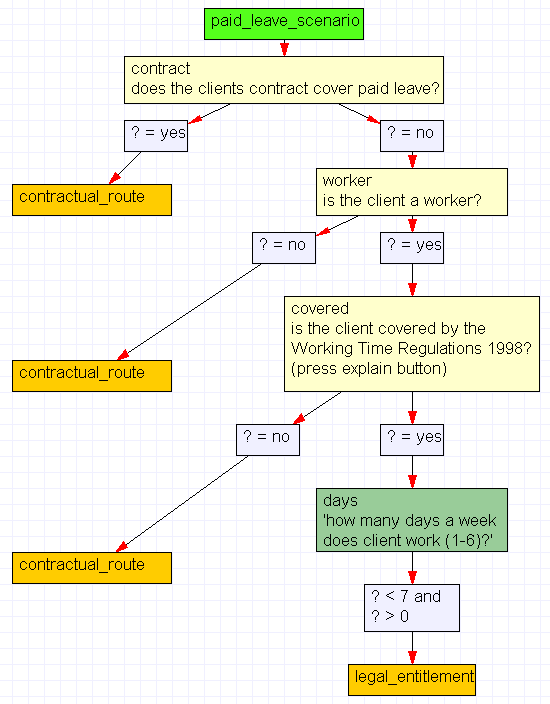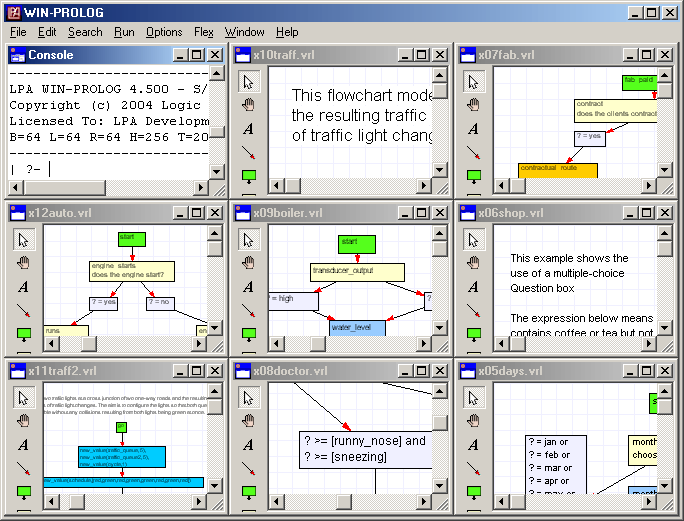August 2004
The code from last month's newsletter is finally available in the download area of www.ainewsletter.com. As always, any and all feedback is welcome.
Also, anyone interested in contributing to the newsletter: book reviews, product reviews, overviews of areas of research, collections of good links in a topic area, editorial commentary, introductions, code examples, etc.; should send them to me as well.
Applying Network Analysis to Amazon Book References
PCAI issue 17.6 has an article by Valdis Krebs' on the possibility of using network analysis on Amazon reader data. You've undoubtedly noticed that when you purchase a book on Amazon (or more generally something from anywhere online) you get a list of other books that readers of the book in question have purchased.
Valdis Krebs took this a step further, and still using Amazon, went to each of those books and then looked at the connections from them—and then did it again, and again. He was looking for the web of connections between the books, starting from the one he was first considering.
The results showed his particular book, branched out to four distinct areas of interest, and the books in each of those areas linked to each other.
This sort of analysis provides a much richer understanding of where a particular book fits in the universe of books connected to it by reader preference. Is it a core book in a subject area? Or one that bridges many areas?
In addition to helping a reader understand a given book's place in the world of books, it can also be a powerful marketing tool for both book vendors and publishers as well. The evolving network analysis can reveal missing information and good prospects for new books.
For more on Valdis Krebs' work see the May 2004 issue of this newsletter and http://www.orgnet.com/.
VisiRule 1.0 - A Graphical Development Environment for Rules
LPA has a new product called VisiRule. It provides a graphical front-end for developing and testing knowledge bases. The user is provided with design tools for creating boxes and connections that is then used to generate working rule sets. The result is a tool that can be used directly by non-programmers to create rule-based application components.
Here, for example, are graphics used to code business rules about paid leave for an employee:

The graphics are automatically translated into internal rules, so that naming between different components, such as rules and questions, is handled correctly, eliminating the sorts of common problems even experienced programmers run into when coding by hand.
The internal engine for VisiRule is LPA's powerful expert system tool, FLEX, which supports a wide variety of knowledge representation tools. VisiRule automatically generates FLEX code, which can then be run whereever FLEX can be run.
The development environment provides the graphical tools needed and supports modular development, making it easy to construct applications that have separate components of expertise.

Like the Inform tool, used in the book network study, VisiRule was developed taking advantage of LPA Prolog's rich graphic capabilities.
To learn more see: http://www.lpa.co.uk/vsr.htm
Analysis of Uncertainty Techniques
Clive Spenser and Charles Langley have written three insightful articles on uncertainty in rule based systems for Generation5.
The first is a short, insightful article that dramatically demonstrates the behaviorial differences between crisp rules, fuzzy logic, Bayesian probability, and certainty factors. A very simple two rule system is used to graphically show the shape of outputs given varying inputs. Crisp rules can only provide step function like output, whereas the other techniques all provide for a smooth output curve, but the shape of the curve varies with technique. http://www.generation5.org/content/2003/lpainference.asp
The second article and third articles go into more detail on the shape of Bayesian and fuzzy systems. The graphics illustrate the difference in the non-linear behaviors of the two techniques and analyze when each might be more appropriate. The Bayesian article is at http://www.generation5.org/content/2003/probmodulation.asp, and the fuzzy one at http://www.generation5.org/content/2004/defuzz.asp.
Links
www.generation5.org - The home page for Generation5, an excellent AI site with a variety of articles and features on AI. It appears to be especially strong in the use of AI for game creation.
As always, feedback ideas and interesting links and other contributions are welcome. Past issues are available at either www.ddj.com or www.ainewsletter.com.
Until next month.
